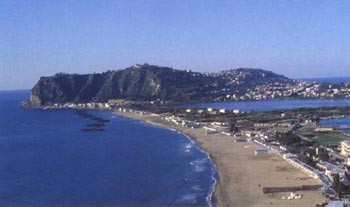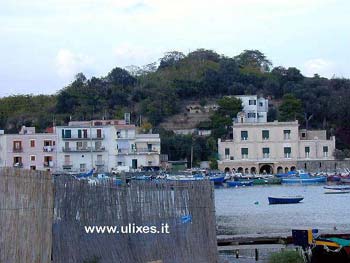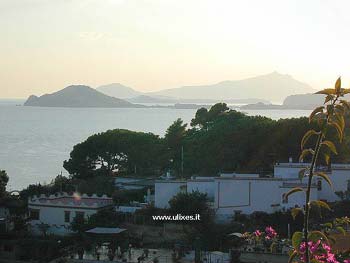|
BACOLI |
|
|
|
The town of
Bacoli might correspond to the ancient Bauli, whose name derives from the
legend which relates that Hercules rested there with the droves of cattle
(Boaulia) seized from the mythical Geryon in Spain. |
|
But the identification of this tomb as the
“Tomb of Agrippina” is erroneous. It was, in reality, the remains of a
“theatre-nymphaeum” belonging to a Roman villa. To the south of Bacoli, on the upper terrace
of the highest hill to the east of the “Mare Morto”, there is another
cistern. Architecturally and monumentally one of the finest reservoirs of
its kind, Petrarca called this huge grandious construction, similar to a
temple, “Piscina Mirabilis”. |
|
|
|
They were called, at that time, “New Christians” for their conversion to the Catholic religion, but, of their Jewish origin still remain a lot of first names and some surnames. Names such as Mosè, Isaia, Abramo, Giacobbe, Geremia, Giosuè, Samuele can be considered a testimony of the Jewish origin since, from the second half of the XVI century on, the Catholics were obliged to use the names of Saints and so the names of the Old Testament were mainly used by the Jewish and by the Protestant. The work of these pioneers, who braved malaria and difficulties in this marshy land of “Bacula”, can be considered the source of the new Bacoli. Before the Second World War it was famous for its wine, fish, mussels, the tufa stones and the “pozzolana”. Nowadays the early produce (fruits and vegetables), the citrus (especially tangerines and lemons), the mussel farming, and the catch of fish are the peculiarity of this area along with tourism. As a matter of fact, night-clubs, restaurants, pubs and beaches are very popular especially with the Neapolitan all year round. |
|
|
|


